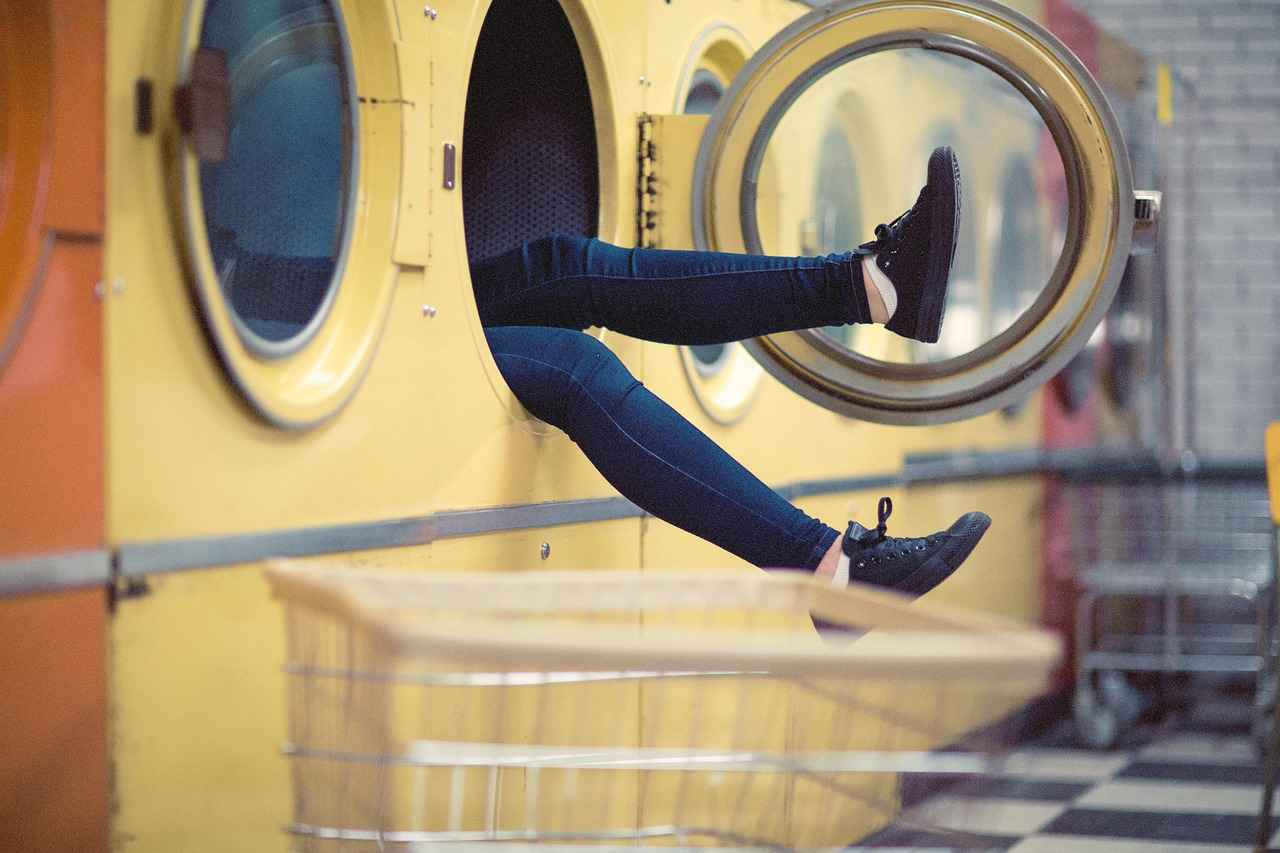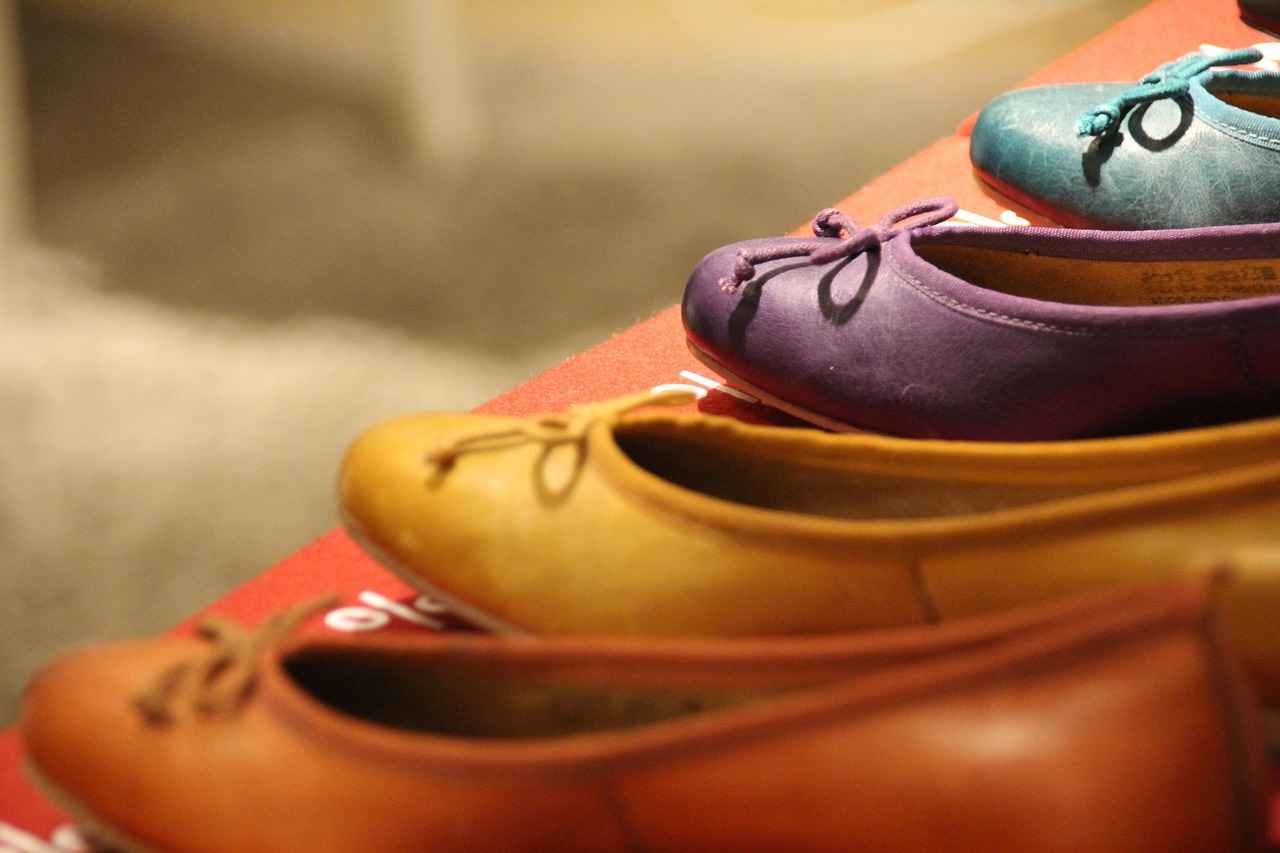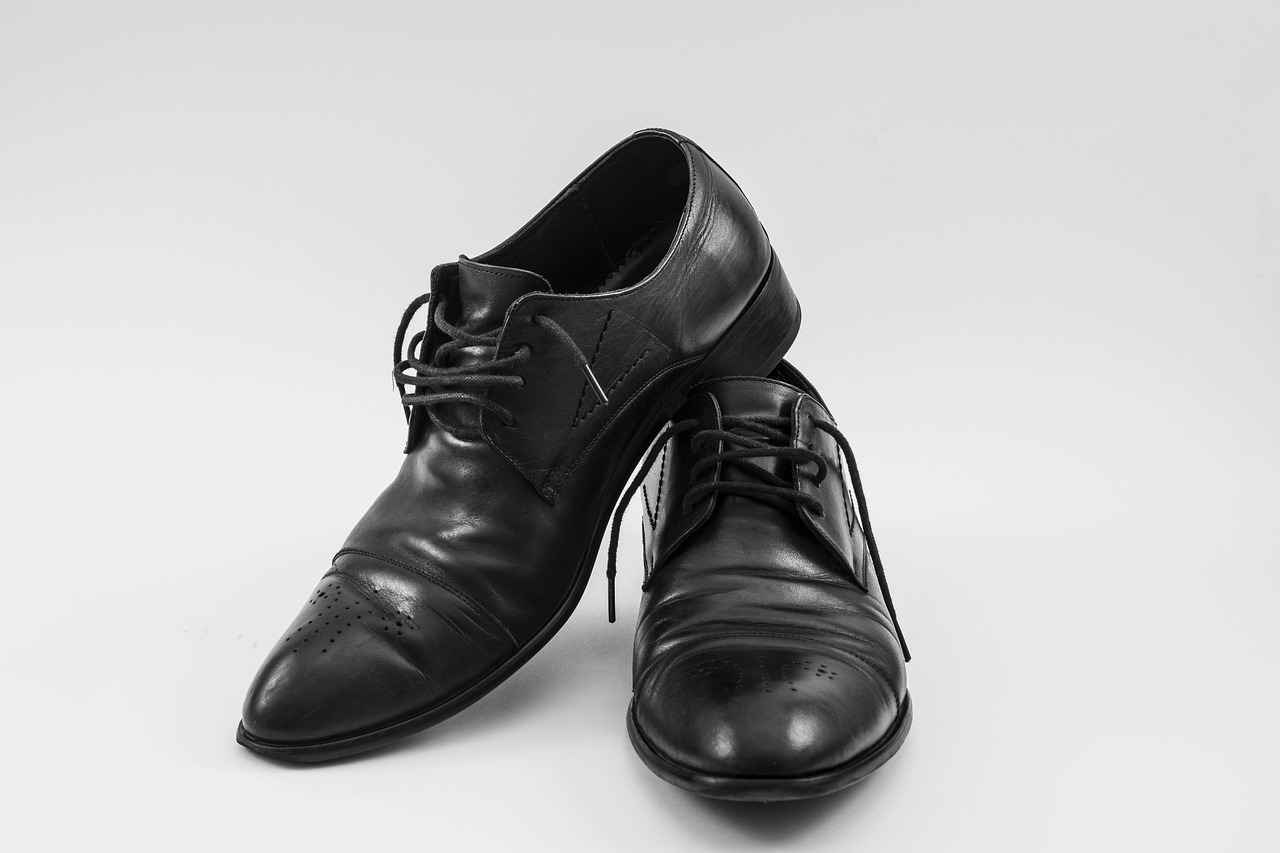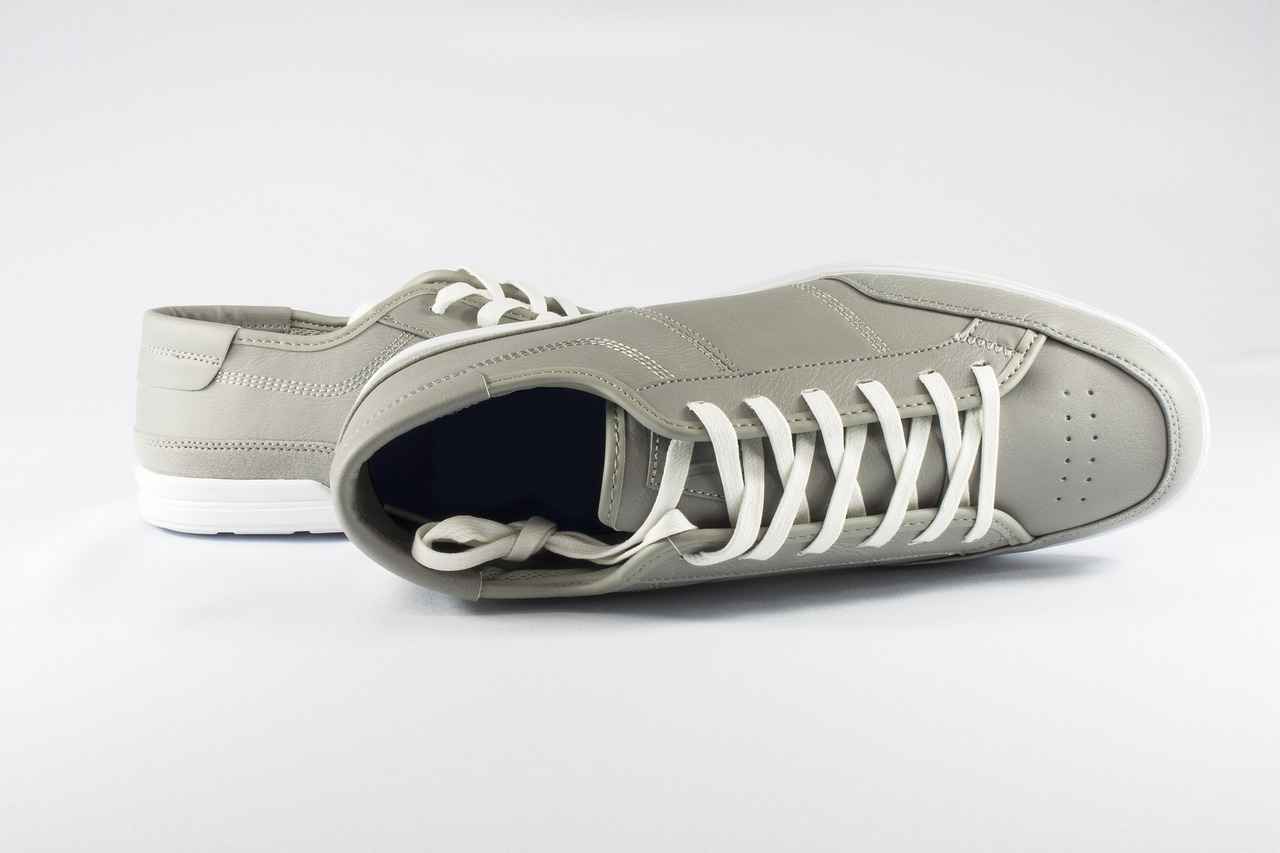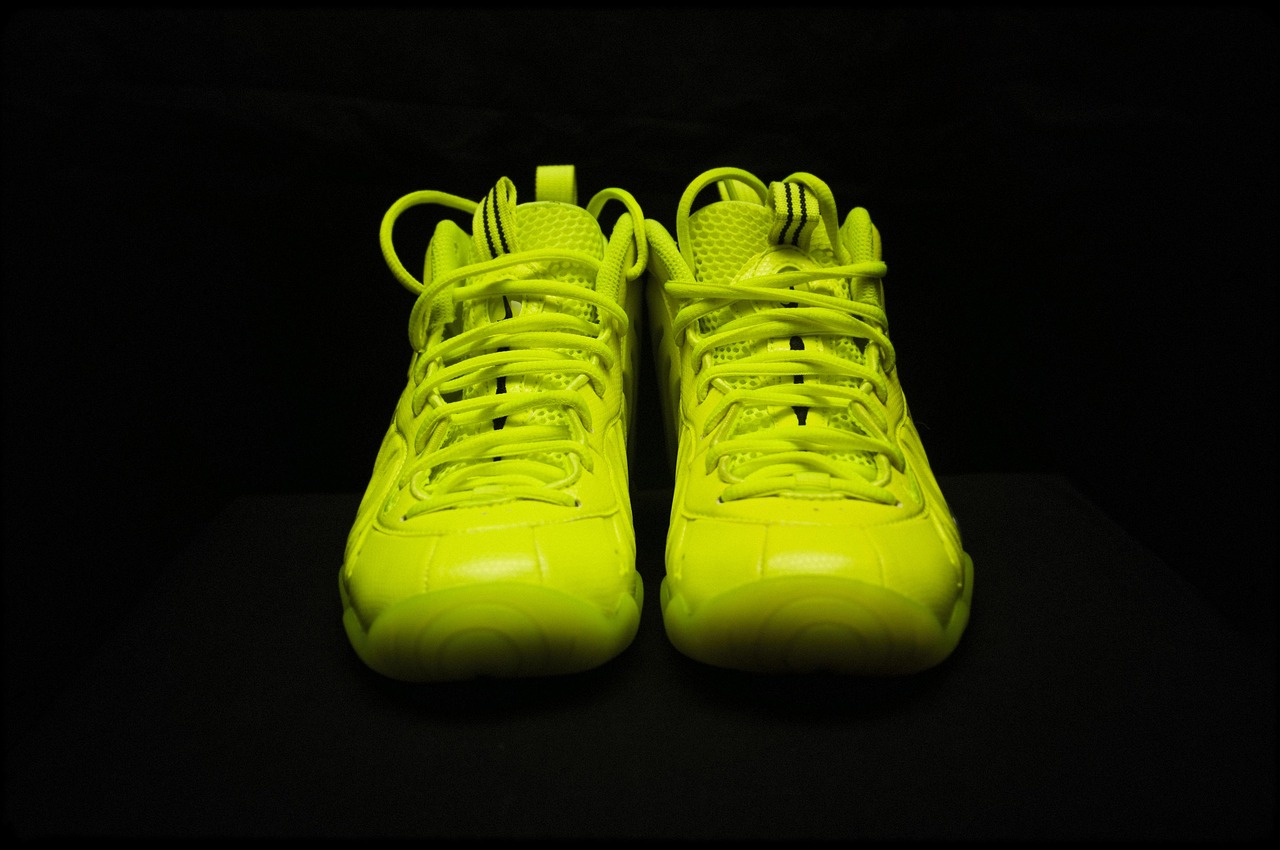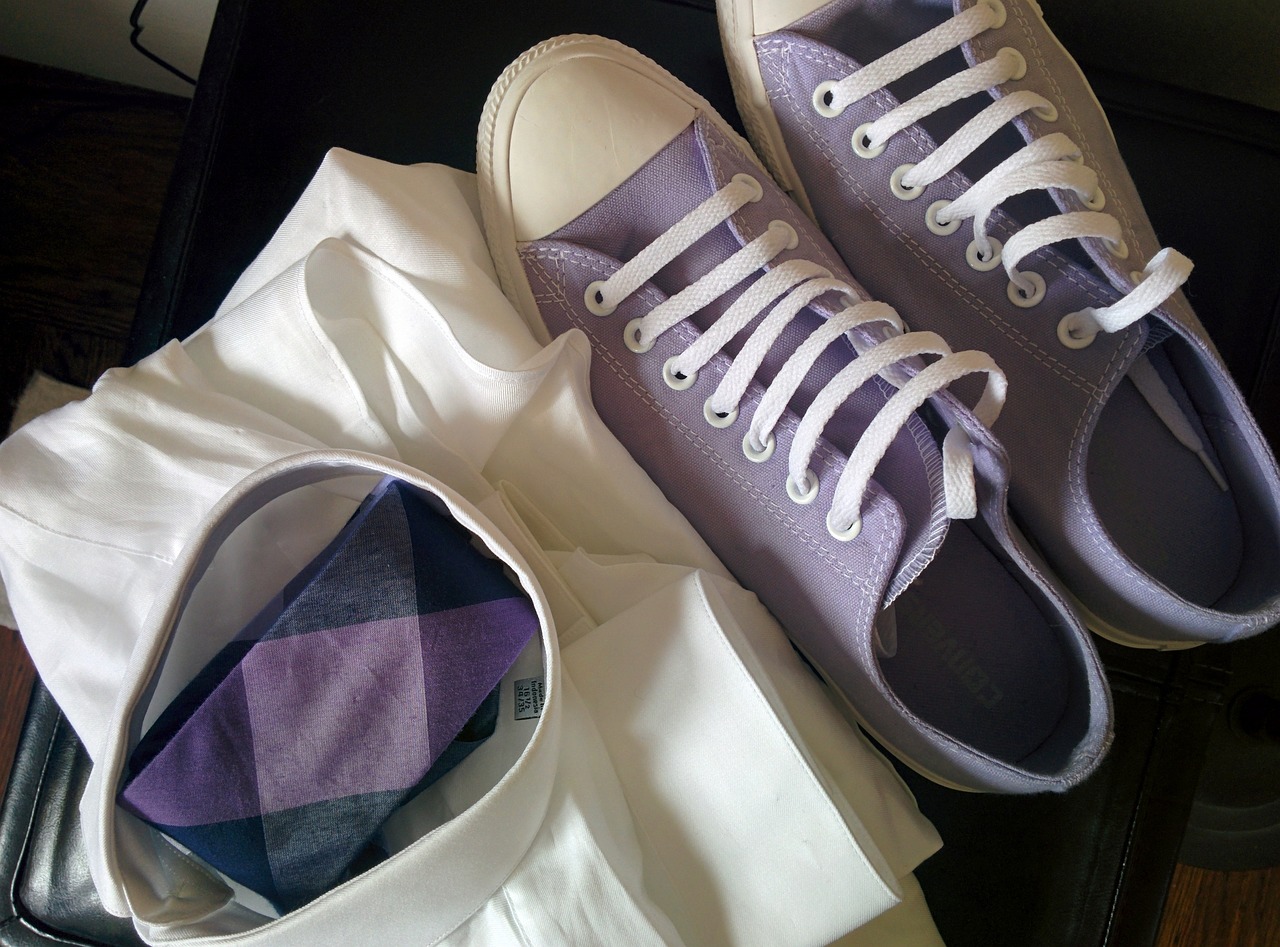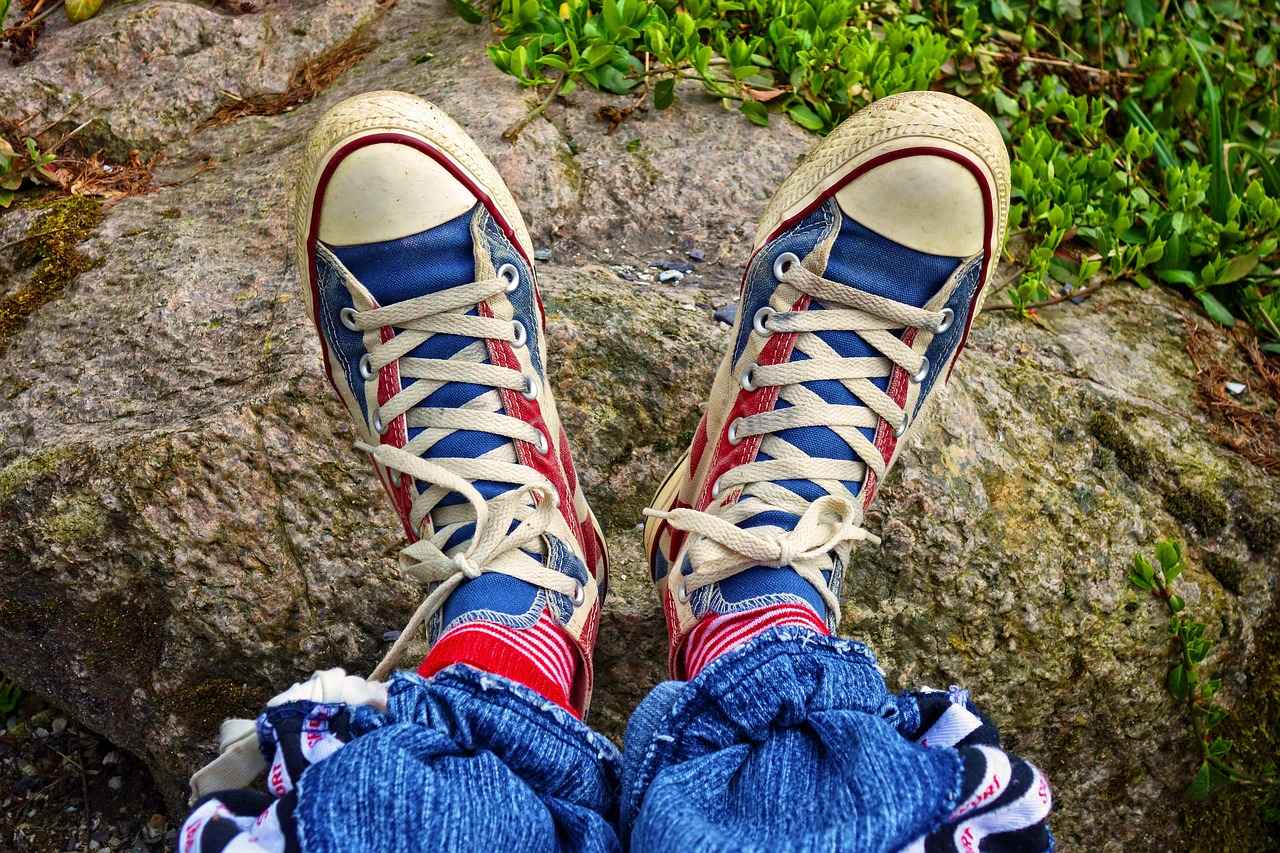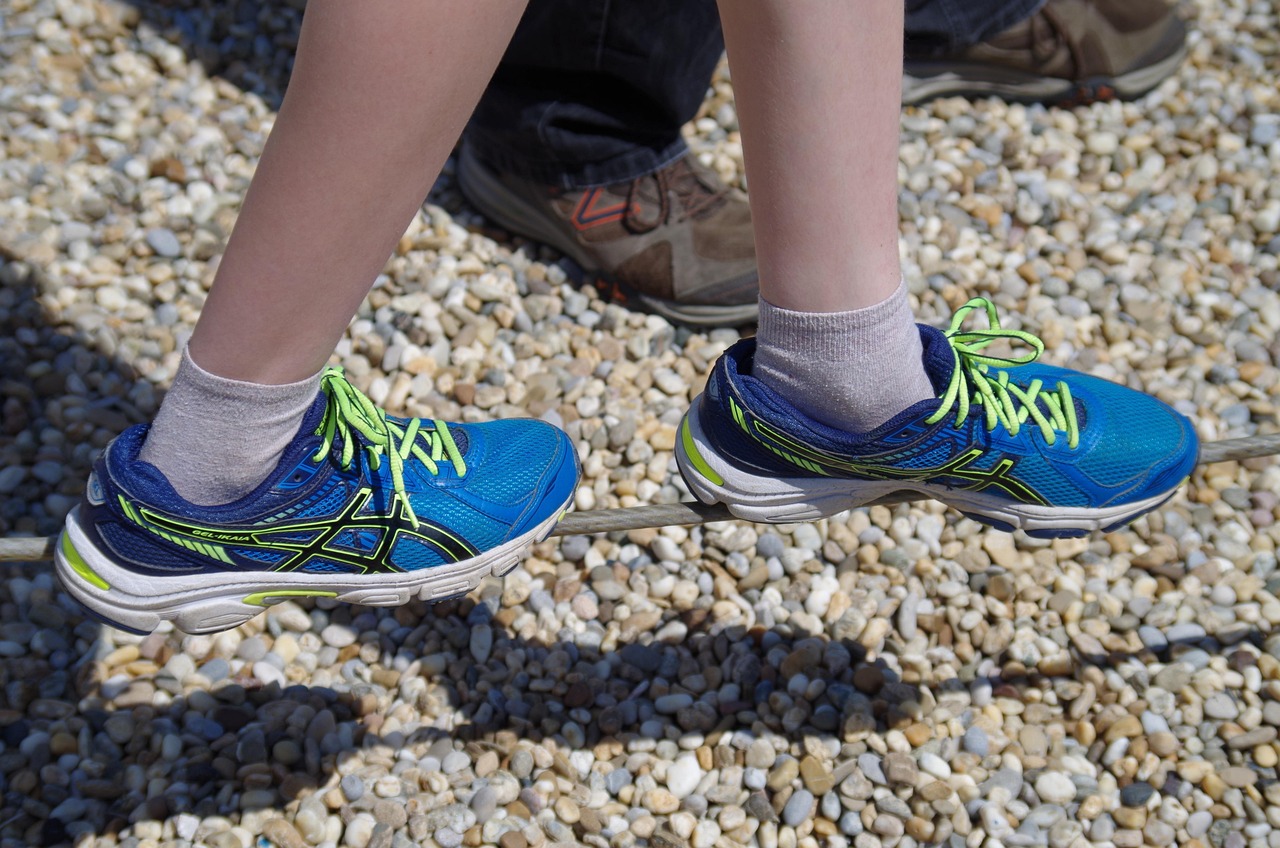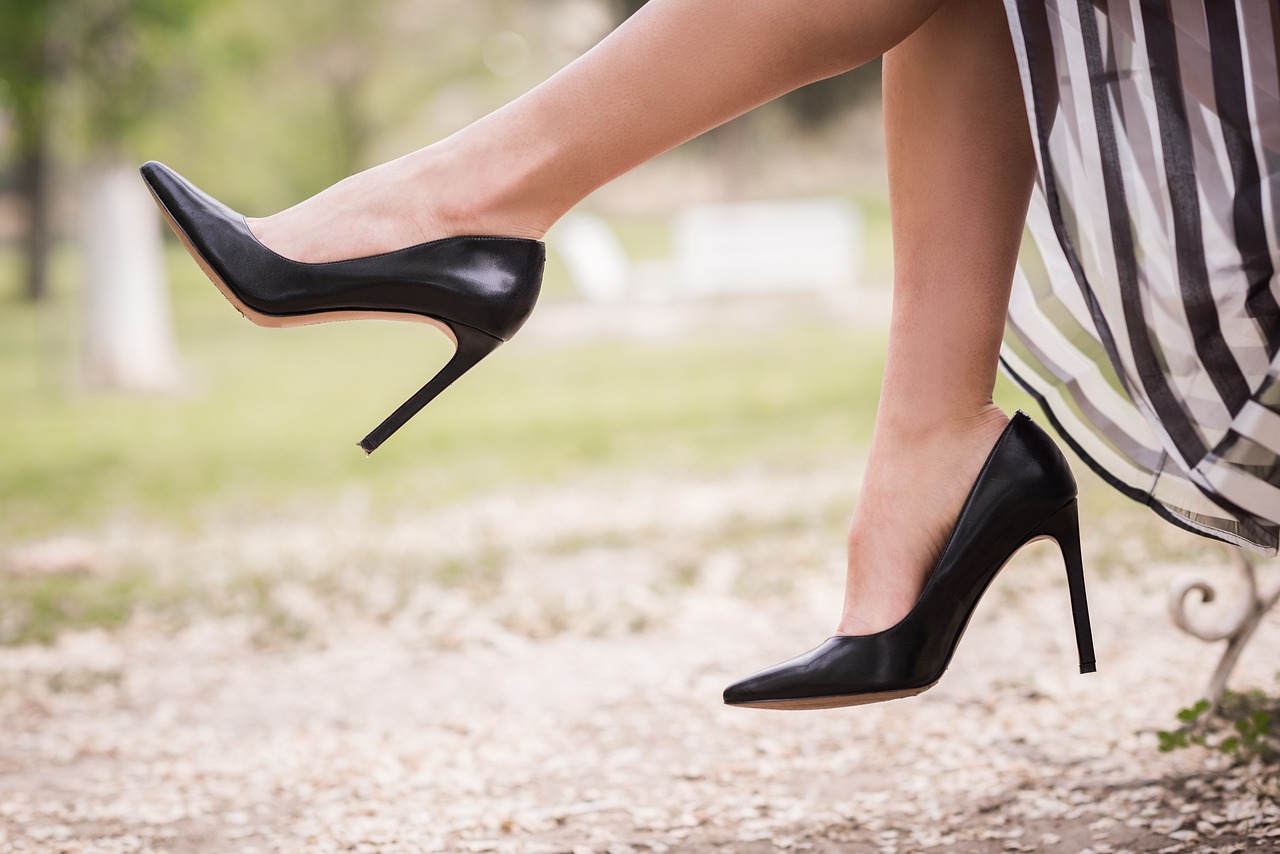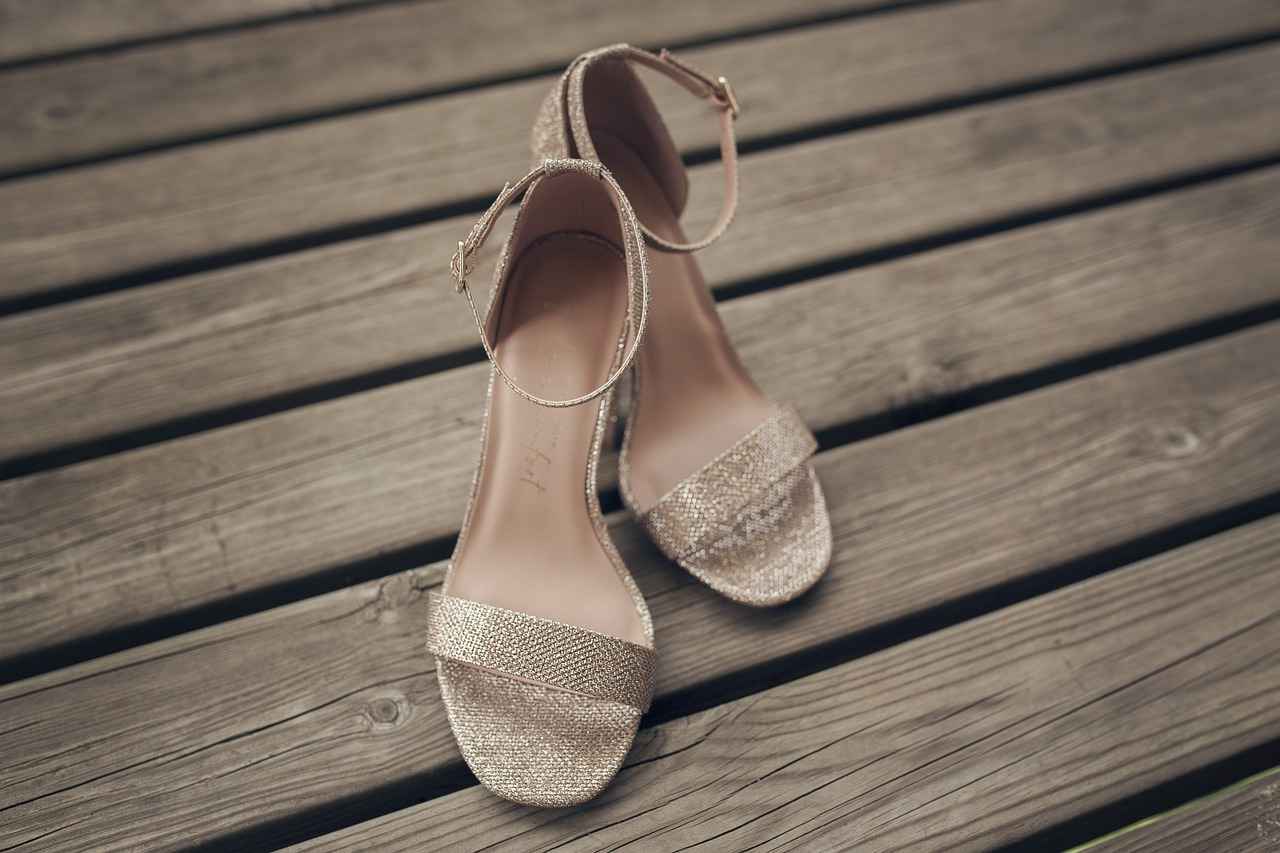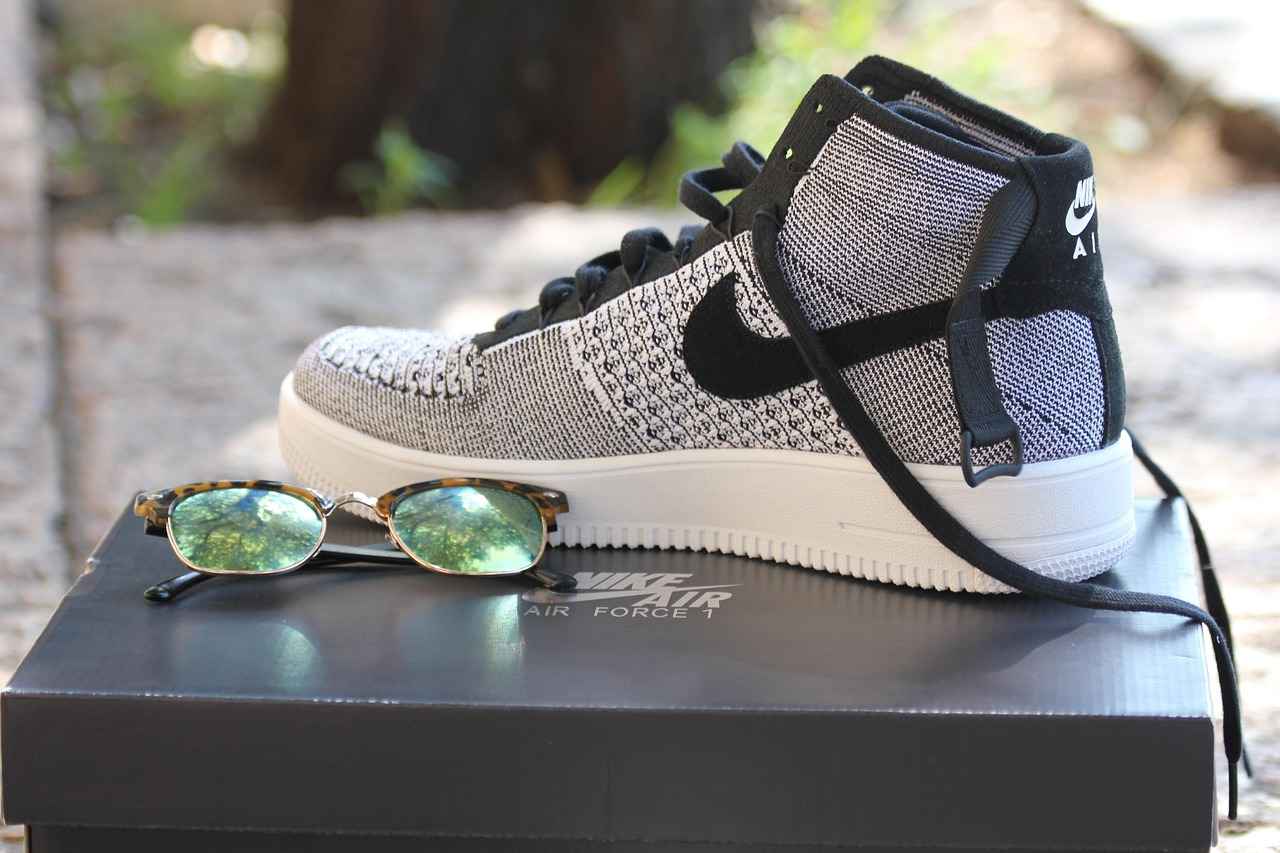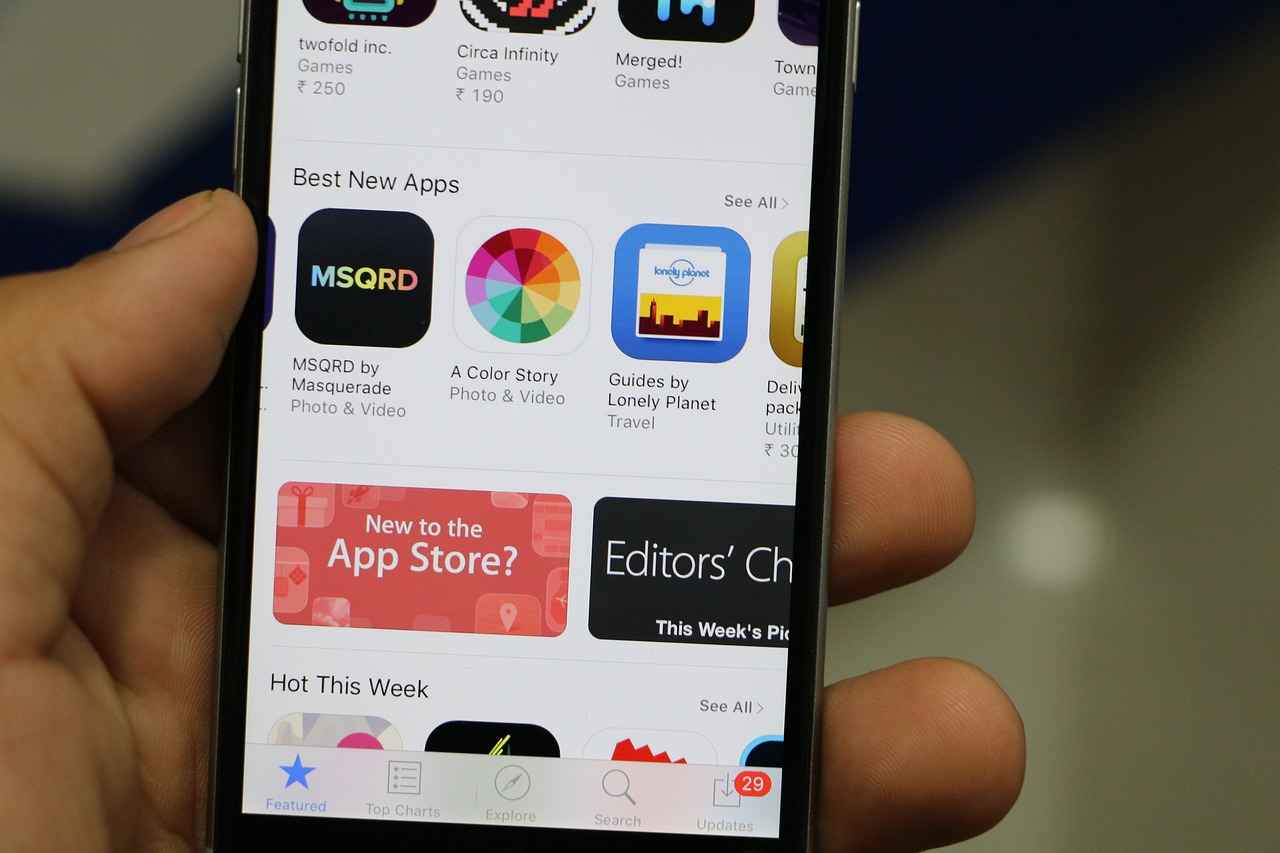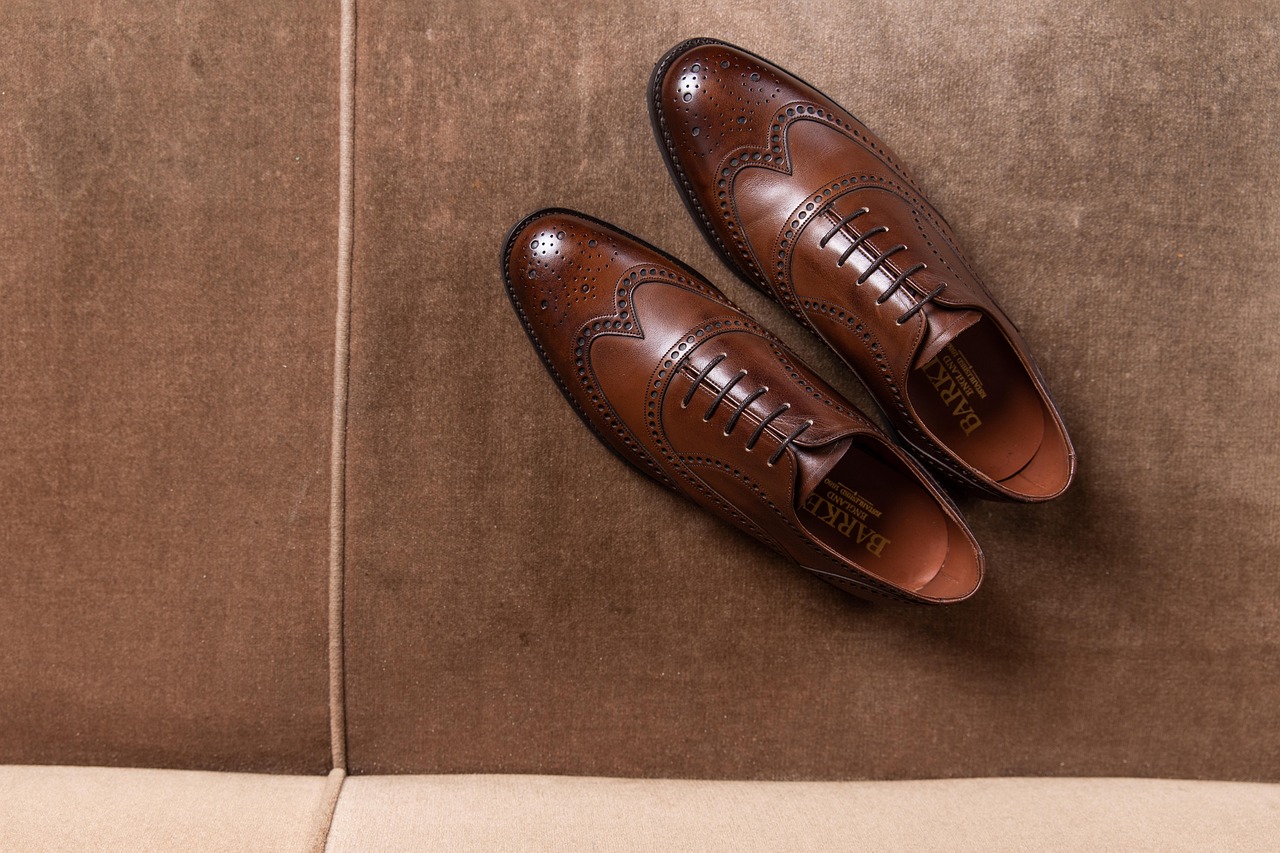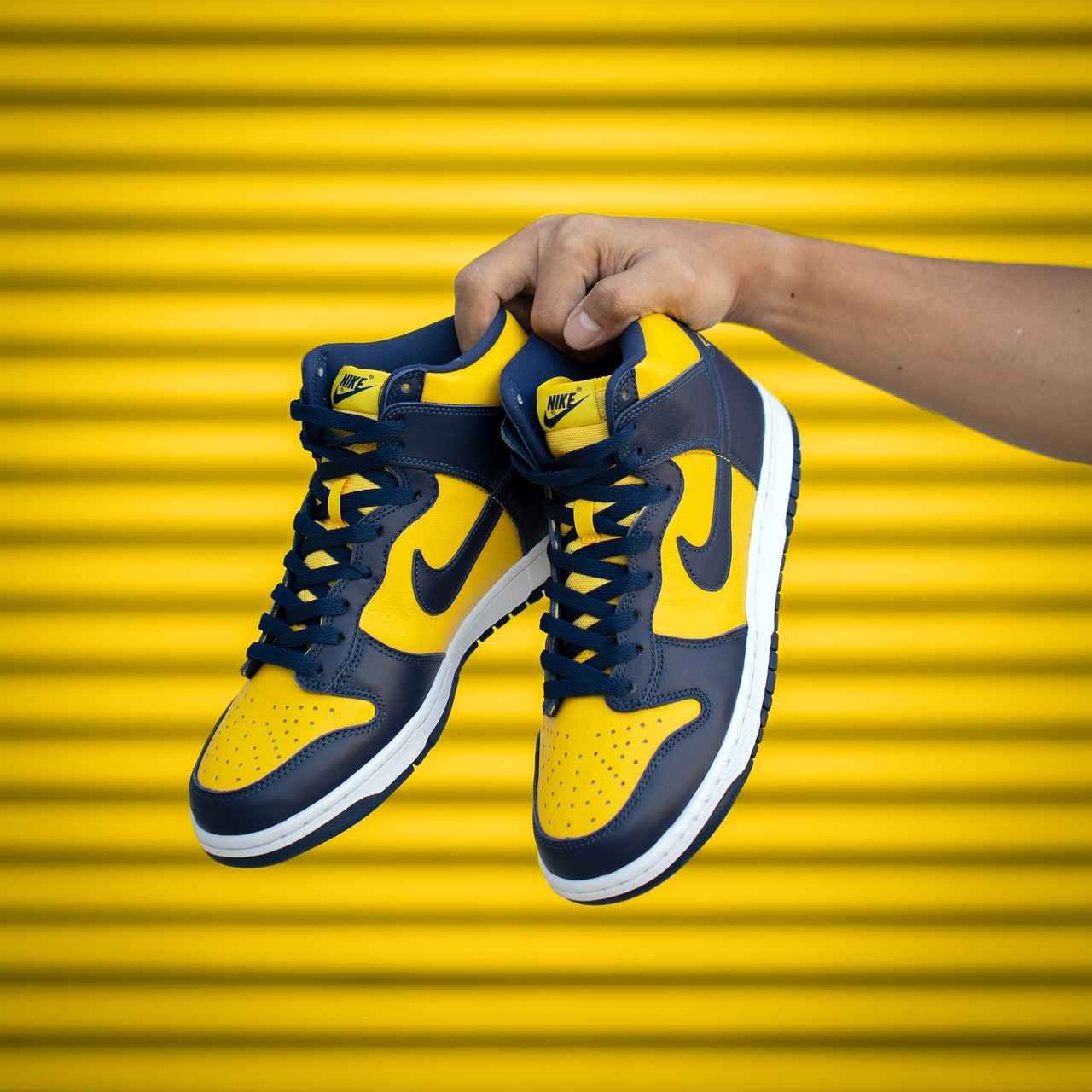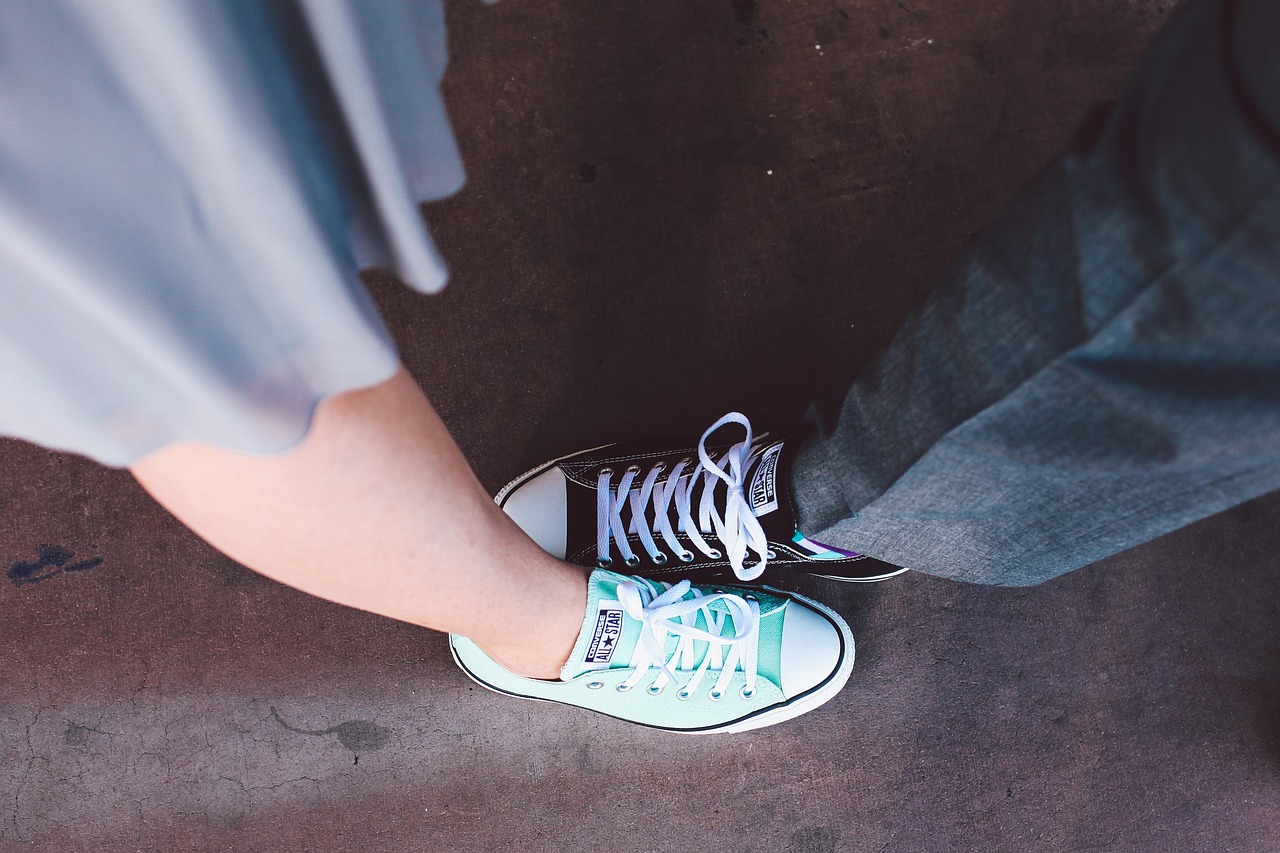This article explores New Balance’s collaborations with various fashion brands, highlighting their impact on sneaker culture, style trends, and the brand’s evolution in the fashion industry.
The Rise of New Balance in Fashion
Over the years, New Balance has successfully transitioned from a primarily performance-driven footwear brand to a recognized name in the fashion industry. This transformation can be attributed to several factors, including innovative designs, strategic partnerships, and a growing acceptance of athletic wear in everyday fashion. The brand’s commitment to quality and comfort has also resonated with consumers, making it a staple in both casual and high-fashion wardrobes.
Notable Collaborations with High-End Designers
New Balance has engaged in numerous collaborations with renowned designers, significantly enhancing its status in the fashion realm. These partnerships often result in unique collections that blend performance with high fashion aesthetics. Noteworthy collaborations include:
- Junya Watanabe: This partnership showcased avant-garde designs that appealed to fashion-forward consumers.
- Maison Margiela: Known for its deconstructed approach, this collaboration pushed the boundaries of traditional sneaker design.
- Staud: Aimed at merging streetwear with luxury, this line attracted a younger demographic.
Collaborations with Fashion Icons
Fashion icons and influencers have played a crucial role in redefining New Balance’s image. Their endorsements not only elevate the brand’s visibility but also enhance its desirability among diverse consumer groups. Key figures such as Rihanna and Kanye West have been instrumental in this transformation, making the brand synonymous with style and cultural relevance.
Celebrity Endorsements and Their Impact
The impact of celebrity endorsements cannot be overstated. By aligning with popular figures, New Balance has successfully captured the attention of a wider audience, leading to increased sales and brand loyalty. This strategy has proven particularly effective in an era where social media amplifies celebrity influence.
Fashion Weeks and Runway Appearances
New Balance’s presence at major fashion events, such as New York Fashion Week, has solidified its position in high fashion. These appearances not only showcase the brand’s latest designs but also signal its commitment to remaining relevant in the ever-evolving fashion landscape.
Streetwear Collaborations
The rise of streetwear culture has opened new avenues for New Balance. Collaborations with streetwear brands have led to innovative designs that resonate with younger audiences. Partnerships with labels like Aime Leon Dore have successfully blended classic styles with contemporary street aesthetics.
The Influence of Social Media on Partnerships
Social media has revolutionized how brands engage with consumers. Platforms like Instagram and TikTok have become essential tools for New Balance, allowing the brand to showcase collaborations and reach target audiences effectively. User-generated content further enhances brand visibility and fosters community engagement.
User-Generated Content and Brand Engagement
Encouraging user-generated content has become a vital strategy for New Balance. By promoting hashtags and engaging with fans, the brand builds a sense of community while showcasing real-life applications of its products.
Influencer Marketing Strategies
Collaborating with influencers has allowed New Balance to tap into niche markets and create authentic connections with consumers. This approach not only broadens the brand’s reach but also cultivates trust among potential buyers.
The Impact of Sustainability in Collaborations
As sustainability becomes a priority in fashion, New Balance has embraced eco-friendly practices in its collaborations. By focusing on sustainable materials and ethical production methods, the brand aligns itself with consumer demand for responsible fashion.
Eco-Friendly Materials and Production Methods
The integration of eco-friendly materials is a growing trend within the industry. New Balance’s commitment to sustainability is evident through its use of recycled materials and innovative production techniques that minimize environmental impact.
Consumer Demand for Sustainable Fashion
With consumers increasingly prioritizing sustainability, New Balance is responding by incorporating environmentally friendly practices into its fashion partnerships. This shift not only meets consumer expectations but also positions the brand as a leader in responsible fashion.
The Future of New Balance’s Fashion Collaborations
Looking ahead, New Balance’s fashion partnerships are poised to evolve further. As trends shift and new designers emerge, the brand is likely to explore innovative collaborations that continue to challenge conventional sneaker design and appeal to a diverse audience.
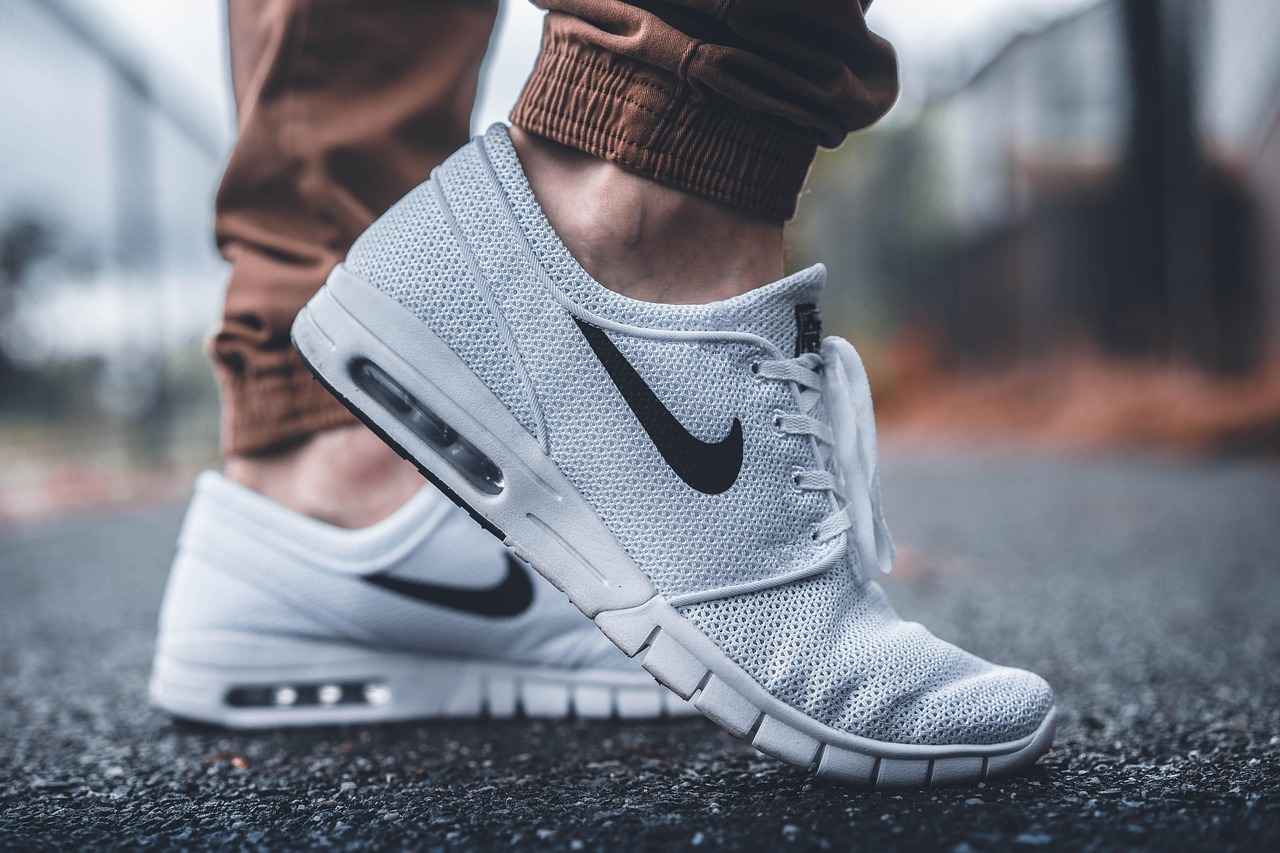
The Rise of New Balance in Fashion
New Balance has undergone a remarkable transformation from its origins as a performance footwear brand to becoming a fashion staple in contemporary culture. This evolution is not merely a trend but a significant shift that reflects broader changes in consumer preferences and the sneaker market.
Several factors have contributed to this rise. Firstly, the brand’s commitment to quality craftsmanship and innovative design has attracted a diverse audience. Unlike many competitors that prioritize flashy marketing, New Balance focuses on creating shoes that blend functionality with style. This approach resonates particularly well with consumers who value both aesthetics and performance.
Additionally, New Balance has strategically aligned itself with the fashion industry through collaborations with renowned designers and influencers. These partnerships have allowed the brand to penetrate high-fashion circles, enhancing its visibility and appeal. Notable collaborations with labels such as Aimé Leon Dore and Junya Watanabe have elevated the brand’s status, showcasing its versatility beyond athletic wear.
The significance of New Balance’s rise in the sneaker market cannot be understated. As streetwear continues to dominate fashion trends, New Balance has positioned itself as a key player, appealing to younger audiences who seek authenticity in their footwear choices. The brand’s ability to merge heritage styles with modern aesthetics has led to a resurgence in popularity, making it a go-to choice for sneaker enthusiasts.
Moreover, the impact of social media cannot be ignored. Platforms like Instagram and TikTok have amplified New Balance’s reach, allowing consumers to engage with the brand in new and meaningful ways. User-generated content and influencer partnerships have helped to create a community around the brand, further solidifying its place in the fashion landscape.
In summary, the rise of New Balance in the fashion world is a multifaceted phenomenon driven by quality, strategic collaborations, and effective use of social media. As the brand continues to evolve, its significance in the sneaker market will likely grow, shaping future trends in both fashion and footwear.

Notable Collaborations with High-End Designers
New Balance has made significant strides in the world of fashion through its collaborations with various high-end designers. These partnerships have not only enhanced the brand’s visibility but also redefined sneaker culture and style trends. Below, we explore some of the most notable collaborations that have contributed to New Balance’s elevated status in the fashion industry.
- Junya Watanabe: The Japanese designer is known for his avant-garde approach, and his collaboration with New Balance has resulted in unique, fashion-forward sneakers that blend performance with artistic flair. This partnership has attracted fashion enthusiasts and sneaker collectors alike.
- Aimé Leon Dore: This New York-based brand has successfully merged streetwear with high-end fashion. Their collaborations with New Balance have produced limited-edition releases that resonate with younger audiences, emphasizing the brand’s versatility and appeal.
- Staud: The partnership with Staud showcases how New Balance can seamlessly integrate into the luxury market. Their joint collections often feature bold colors and innovative designs, making them a favorite among fashion influencers.
- MSX: New Balance’s collaboration with MSX has focused on sustainability and innovation. By incorporating eco-friendly materials, this partnership reflects the growing demand for responsible fashion while maintaining high style standards.
These collaborations highlight New Balance’s ability to adapt and thrive in the competitive fashion landscape. By aligning with visionary designers, the brand has successfully bridged the gap between performance footwear and high fashion, appealing to a diverse audience that values both style and functionality.
As New Balance continues to explore new partnerships, it remains committed to pushing the boundaries of sneaker design and fashion. The impact of these collaborations is evident in the brand’s growing popularity and its influence on contemporary style trends.
Collaborations with Fashion Icons
have significantly influenced the evolution of New Balance, transforming it from a niche athletic brand into a recognized name in the fashion industry. This section delves into the key figures who have played a crucial role in shaping the brand’s identity and appeal.
Throughout the years, various celebrities and designers have embraced New Balance sneakers, elevating their status beyond mere athletic wear. Notable figures such as Rihanna and Steve Jobs have been spotted wearing New Balance, showcasing the brand’s versatility and style. Their influence has not only boosted the brand’s visibility but also redefined its image as a fashionable choice for everyday wear.
In recent years, collaborations with fashion icons have led to the creation of exclusive collections that resonate with consumers. For instance, partnerships with designers like Junya Watanabe and Aimé Leon Dore have resulted in innovative designs that merge performance with high fashion. These collaborations often feature unique colorways and materials, appealing to both sneaker enthusiasts and fashion aficionados alike.
Moreover, social media has played a pivotal role in amplifying the impact of these collaborations. Influencers and fashion bloggers frequently showcase their New Balance styles on platforms like Instagram and TikTok, further enhancing the brand’s reach and popularity. This organic promotion has created a community of loyal fans who appreciate the blend of comfort and style that New Balance offers.
Additionally, the brand’s strategic partnerships with streetwear influencers have helped it tap into younger demographics, making New Balance a staple in urban fashion. By aligning with trendsetters, New Balance has successfully positioned itself at the intersection of athletic performance and contemporary style.
In summary, collaborations with fashion icons have been instrumental in redefining New Balance’s image, making it a prominent player in the fashion landscape. The brand continues to thrive by embracing innovation and responding to the evolving tastes of consumers.
Celebrity Endorsements and Their Impact
Celebrity endorsements have become a powerful tool for brands, particularly in the competitive world of fashion. For New Balance, collaborations with high-profile celebrities have not only enhanced visibility but also reshaped consumer perceptions. This section delves into how these partnerships have significantly influenced brand recognition and sales figures.
Historically, New Balance was primarily known for its performance footwear, appealing mainly to athletes and fitness enthusiasts. However, the influx of celebrity endorsements has broadened its appeal to a more fashion-conscious audience. When celebrities like Justin Bieber and Gigi Hadid are spotted wearing New Balance sneakers, it creates a buzz that resonates across social media platforms. This visibility is crucial, as it aligns the brand with contemporary fashion trends, making it more relatable to younger consumers.
Moreover, these endorsements often lead to a significant increase in sales. For instance, when a celebrity launches a limited-edition sneaker with New Balance, the demand skyrockets, often leading to sell-out situations. This phenomenon is not merely coincidental; it reflects the power of celebrity influence in driving consumer behavior. According to recent studies, brands that engage in celebrity partnerships see an average increase of 20% in sales within the first few months of the endorsement.
Additionally, celebrity endorsements contribute to a shift in consumer perception. New Balance is no longer viewed solely as a performance brand but rather as a trendy option that appeals to fashion enthusiasts. This transformation is evident in the brand’s marketing campaigns, which now feature celebrities prominently, showcasing their lifestyle and how New Balance fits into it.
In conclusion, the impact of celebrity endorsements on New Balance is profound. By leveraging the influence of well-known figures, the brand has successfully enhanced its visibility, reshaped consumer perceptions, and significantly boosted sales. As New Balance continues to collaborate with more celebrities, it is likely that these trends will persist, further solidifying its place in the fashion industry.
Fashion Weeks and Runway Appearances
New Balance has undeniably carved a niche for itself in the realm of high fashion, particularly through its strategic presence at major fashion weeks around the globe. This transformation from a traditional athletic brand to a fashion icon is not merely coincidental; it is the result of a carefully curated strategy that embraces both innovation and collaboration.
One of the most notable aspects of New Balance’s runway appearances is the way they showcase the brand’s versatility. By partnering with renowned designers, New Balance has successfully merged performance with style. For instance, the collaboration with Junya Watanabe at Paris Fashion Week introduced a collection that redefined sneaker aesthetics, combining avant-garde designs with classic New Balance silhouettes. This not only captured the attention of fashion critics but also resonated with a broader audience, effectively bridging the gap between casual and high-end fashion.
Moreover, New Balance’s participation in fashion weeks has significant implications for its brand image. Each runway show serves as a platform to highlight the brand’s commitment to innovation and quality. The buzz generated during these events often leads to increased media coverage, social media engagement, and ultimately, consumer interest. This phenomenon is particularly evident during events like New York Fashion Week, where the brand’s presence has become synonymous with cutting-edge style.
Additionally, New Balance’s runway strategy emphasizes inclusivity and diversity, which aligns with contemporary fashion values. By featuring models of various backgrounds and body types, the brand not only promotes its products but also champions a more inclusive vision of fashion. This approach has garnered positive responses from consumers who appreciate brands that reflect their values.
In conclusion, New Balance’s strategic involvement in fashion weeks has solidified its status in the high fashion landscape. Through innovative collaborations and a commitment to inclusivity, the brand continues to redefine what it means to be a sneaker brand in today’s fashion-forward world.
Streetwear Collaborations
Streetwear culture has significantly influenced the fashion landscape, and New Balance has been at the forefront of this transformation. The brand’s embrace of streetwear aesthetics has led to a series of innovative and exciting collaborations that resonate deeply with younger audiences. This section delves into the partnerships that have not only redefined New Balance’s image but also solidified its position in the streetwear scene.
One of the most notable collaborations is with Fear of God Essentials, a brand known for its minimalist yet luxurious approach. This partnership has produced a line of sneakers that blend comfort with high fashion, appealing to consumers who seek both style and functionality. The result is a range of footwear that has become a staple in streetwear wardrobes.
Another key collaboration is with Stray Rats, a brand that embodies the raw and authentic spirit of street culture. Their joint releases often feature bold designs and vibrant colorways, attracting a younger demographic eager to express their individuality. These limited-edition drops have created a sense of urgency among consumers, making them highly sought after.
Additionally, New Balance’s partnership with Aime Leon Dore has garnered significant attention. This collaboration merges classic styles with contemporary streetwear trends, showcasing how New Balance can adapt to changing fashion landscapes while maintaining its heritage. The sneakers produced in this partnership often feature unique materials and color palettes that reflect the essence of urban culture.
Social media platforms have played a crucial role in promoting these collaborations. Influencers and fashion enthusiasts share their unique takes on New Balance footwear, amplifying the brand’s reach and engagement. The visual nature of platforms like Instagram allows for vibrant displays of the sneakers, further enhancing their appeal.
In conclusion, New Balance’s strategic partnerships within the streetwear realm have not only revitalized the brand but have also contributed to the evolution of sneaker culture. By collaborating with influential designers and brands, New Balance continues to attract younger consumers, ensuring its relevance in an ever-changing fashion landscape.

The Influence of Social Media on Partnerships
Social media has become an essential element in the fashion industry, particularly in shaping partnerships between brands like New Balance and various designers. Platforms such as Instagram and TikTok have revolutionized how brands connect with consumers, creating a dynamic landscape for collaborations that resonate with audiences.
One of the most significant impacts of social media is its ability to amplify brand visibility. For New Balance, engaging content shared by influencers and fashion enthusiasts can reach millions in a matter of hours. This rapid dissemination of information helps to generate buzz around new collaborations and product launches, enhancing consumer excitement and anticipation.
Moreover, social media platforms facilitate direct interaction between the brand and its audience. Through comments, shares, and likes, consumers can engage with New Balance’s marketing campaigns, providing immediate feedback that can influence future collaborations. This level of engagement fosters a sense of community and loyalty among consumers, making them feel part of the brand’s journey.
Another crucial aspect is the rise of influencer marketing. New Balance has strategically partnered with influencers who align with their brand ethos, allowing them to tap into niche markets. These influencers showcase the brand’s products in authentic settings, making them more relatable and appealing to their followers. For instance, collaborations with fashion influencers can lead to a spike in interest, particularly among younger demographics who are active on these platforms.
Additionally, user-generated content plays a pivotal role in shaping New Balance’s marketing strategies. By encouraging customers to share their own photos and experiences with the brand, New Balance can leverage this content to enhance their online presence. This not only boosts engagement but also creates a sense of authenticity that resonates with consumers.
In conclusion, social media has fundamentally transformed the way New Balance approaches fashion partnerships. By utilizing these platforms effectively, the brand can enhance its visibility, engage with its audience, and foster authentic connections that drive collaboration and innovation in the ever-evolving fashion landscape.
User-Generated Content and Brand Engagement
User-generated content (UGC) has emerged as a transformative force in the marketing landscape, particularly for brands like New Balance. By harnessing the creativity and authenticity of their customers, New Balance has successfully enhanced engagement and fostered a vibrant community around its products.
New Balance actively encourages its customers to share their experiences through various platforms, including social media. This strategy not only amplifies brand visibility but also creates a sense of ownership among consumers. When customers post pictures of their New Balance sneakers or share their stories, they contribute to a larger narrative that resonates with potential buyers. This organic content is often perceived as more trustworthy than traditional advertising, leading to higher engagement rates.
| Benefits of User-Generated Content | Impact on Brand Engagement |
|---|---|
| Authenticity | Builds trust with consumers |
| Community Building | Encourages customer loyalty |
| Cost-Effectiveness | Reduces marketing expenses |
| Increased Reach | Expands audience through shares |
New Balance’s social media campaigns often feature UGC, showcasing real customers wearing their shoes in everyday situations. This approach not only highlights the versatility of their products but also allows the brand to connect with diverse audiences. By reposting user content, New Balance demonstrates appreciation for its customers, further strengthening brand loyalty.
Moreover, UGC serves as a valuable source of feedback. By analyzing the type of content shared by consumers, New Balance can gain insights into consumer preferences and trends. This information can inform future product development and marketing strategies, ensuring that the brand remains relevant in a rapidly changing market.
In conclusion, New Balance’s strategic use of user-generated content has not only enhanced its brand engagement but also cultivated a strong community of loyal customers. By prioritizing authenticity and consumer connection, New Balance continues to solidify its position as a leader in the footwear industry.
Influencer Marketing Strategies
Influencer marketing has emerged as a game-changer in the world of brand collaborations, particularly for companies like New Balance. By leveraging the power of social media personalities, New Balance has effectively broadened its reach and fostered authentic connections with diverse audiences. This strategy not only enhances brand visibility but also cultivates a sense of community among consumers.
New Balance recognizes that influencers can serve as credible voices that resonate with their followers. By partnering with influencers who align with their brand values, New Balance can tap into niche markets and engage with potential customers on a more personal level. These collaborations often result in unique content that showcases the brand’s products in relatable settings, making them more appealing to consumers.
- Targeted Reach: Influencers often have dedicated fan bases, allowing New Balance to target specific demographics effectively.
- Authenticity: Collaborating with influencers who genuinely love the brand leads to more authentic endorsements, which can increase consumer trust.
- Creative Campaigns: Influencers bring fresh perspectives and innovative ideas, resulting in creative marketing campaigns that stand out.
Moreover, New Balance utilizes data analytics to assess the performance of influencer campaigns. By tracking engagement rates, reach, and conversions, the brand can refine its strategies and ensure that its marketing efforts yield maximum results. This data-driven approach allows New Balance to identify which influencers resonate best with their audience and adjust future collaborations accordingly.
In addition, New Balance encourages user-generated content through influencer partnerships. By inviting influencers to share their personal experiences with the brand, New Balance fosters a sense of community among consumers, encouraging them to share their own stories and experiences. This not only enhances brand loyalty but also creates a wealth of content that can be used across various marketing channels.
In conclusion, New Balance’s influencer marketing strategies exemplify how brands can harness the power of social media to create meaningful connections with their audiences. By prioritizing authenticity and engagement, New Balance is not just selling products; it is building a vibrant community of brand advocates.

The Impact of Sustainability in Collaborations
Sustainability has become a crucial aspect of the fashion industry, influencing how brands approach collaborations. In recent years, New Balance has recognized the importance of integrating sustainable practices into its partnerships, setting a precedent for the future of fashion.
This section explores how New Balance incorporates sustainability into its collaborations and the implications for the brand’s future. By prioritizing eco-friendly materials and ethical production methods, New Balance not only enhances its brand image but also responds to the growing consumer demand for sustainable fashion.
One of the key elements of New Balance’s sustainable approach is the use of eco-friendly materials. The brand has invested in innovative textiles made from recycled plastics and organic cotton, significantly reducing its environmental footprint. Collaborations with designers who share a commitment to sustainability have further amplified this effort. For instance, partnerships with brands focused on circular fashion have led to the creation of limited-edition sneakers that emphasize longevity and recyclability.
Moreover, New Balance’s commitment to transparency in its production processes is noteworthy. The brand actively communicates its sustainability goals and progress, which resonates well with environmentally-conscious consumers. This transparency not only builds trust but also fosters a sense of community among customers who value ethical practices.
As consumer preferences shift towards sustainable options, New Balance is well-positioned to lead the charge in the fashion industry. The brand’s collaborations are increasingly centered around sustainability, reflecting a broader trend where partnerships prioritize environmental responsibility. This shift not only enhances New Balance’s reputation but also aligns with a growing movement towards ethical fashion.
In conclusion, New Balance’s integration of sustainability into its collaborations signifies a pivotal moment in the fashion industry. By embracing eco-friendly practices and responding to consumer demand, the brand is paving the way for a more sustainable future in fashion partnerships.
Eco-Friendly Materials and Production Methods
The fashion industry is witnessing a significant shift towards sustainability, and New Balance is at the forefront of this movement. Their commitment to using eco-friendly materials and innovative production techniques is reshaping how consumers view athletic and lifestyle footwear.
In recent years, New Balance has made substantial investments in research and development to create products that not only meet the demands of style and performance but also align with environmental values. This includes the use of recycled plastics, organic cotton, and sustainable rubber in their sneaker designs. By prioritizing these materials, New Balance is not only reducing its carbon footprint but also setting a precedent for other brands in the industry.
Innovative Production Techniques
- 3D Printing: New Balance has adopted 3D printing technology, which minimizes waste during the manufacturing process. This technique allows for precise designs that can be customized while using fewer resources.
- Waterless Dyeing: The company is also exploring waterless dyeing methods that significantly cut down on water usage, a critical factor in textile production.
- Local Manufacturing: By shifting some of its production closer to its key markets, New Balance reduces transportation emissions and supports local economies.
Furthermore, New Balance’s Green Leaf Standard is an initiative that identifies products made with a minimum of 50% recycled content or sustainable materials. This standard not only highlights their commitment to sustainability but also educates consumers on the importance of eco-conscious choices.
As consumer demand for sustainable fashion continues to rise, New Balance is responding effectively. Their transparent approach and dedication to eco-friendly practices are not just a trend; they are a fundamental shift in how the brand operates. By embracing sustainability, New Balance is not only catering to the current market but also paving the way for a more responsible future in fashion.
Consumer Demand for Sustainable Fashion
Consumer preferences are increasingly leaning towards sustainability, influencing brands across various industries, including fashion. As a response to this growing demand, New Balance has strategically aligned itself with sustainability-focused initiatives through its fashion partnerships. This section delves into how New Balance is adapting to these consumer shifts while reinforcing its commitment to environmentally friendly practices.
In recent years, consumers have become more aware of the environmental impact of their purchases, leading to a significant shift in buying behavior. Research shows that a large percentage of consumers now prioritize brands that demonstrate a commitment to sustainability. In light of this trend, New Balance has taken proactive steps to integrate sustainable practices into its collaborations with various fashion designers and brands.
- Innovative Materials: New Balance is increasingly utilizing eco-friendly materials in its product lines, including recycled plastics and organic cotton. These materials not only reduce waste but also appeal to environmentally conscious consumers.
- Collaborations with Sustainable Brands: By partnering with brands that prioritize sustainability, New Balance enhances its reputation as a leader in eco-friendly fashion. These collaborations often result in limited-edition releases that highlight sustainable practices.
- Transparent Production Processes: New Balance is committed to transparency in its supply chain, providing consumers with insights into how products are made. This transparency builds trust and encourages consumer loyalty.
Moreover, New Balance’s partnerships often include initiatives aimed at promoting sustainable practices within the fashion industry. For instance, collaborations can involve campaigns that raise awareness about the importance of sustainability, engaging consumers in meaningful dialogues about their purchasing choices.
As consumer demand for sustainable fashion continues to grow, New Balance’s proactive approach positions the brand favorably in a competitive market. By focusing on sustainability, New Balance not only meets the expectations of modern consumers but also contributes to a more sustainable future for the fashion industry.

The Future of New Balance’s Fashion Collaborations
As we look into the future of New Balance’s fashion collaborations, it is essential to consider the evolving landscape of fashion and consumer preferences. The sneaker industry is witnessing a significant shift, with brands increasingly aligning themselves with emerging trends and innovative partnerships. New Balance, known for its rich heritage in performance footwear, is poised to capitalize on these changes in the fashion ecosystem.
One of the most significant trends shaping the future is the growing emphasis on sustainability. Consumers are becoming more environmentally conscious, demanding that brands adopt eco-friendly practices. New Balance has already begun to integrate sustainable materials into its collaborations, and we can expect this focus to intensify. Future partnerships may feature designers who prioritize sustainability, creating collections that not only appeal to style but also to ethical consumerism.
Additionally, the rise of digital fashion and virtual collaborations is on the horizon. As technology advances, we might see New Balance teaming up with digital artists and virtual reality platforms, creating unique, immersive experiences for consumers. This could revolutionize how consumers engage with the brand, blending physical products with digital interactions.
Furthermore, the influence of streetwear culture is expected to continue shaping New Balance’s collaborations. The brand has successfully partnered with streetwear labels in the past, and as this culture evolves, new alliances may emerge. Collaborations with up-and-coming designers who resonate with younger audiences can enhance New Balance’s appeal and broaden its market reach.
Finally, the role of social media will remain crucial in shaping the future of New Balance’s partnerships. Platforms like Instagram and TikTok are not just marketing tools; they are avenues for collaboration and creativity. Engaging with influencers and leveraging user-generated content can amplify brand visibility and create authentic connections with consumers.
In conclusion, the future of New Balance’s fashion collaborations looks promising, driven by sustainability, digital innovation, streetwear influences, and the power of social media. As these trends unfold, New Balance will likely continue to redefine its identity and strengthen its position in the ever-evolving fashion landscape.
Frequently Asked Questions
- What makes New Balance a popular choice in fashion?
New Balance has successfully bridged the gap between performance and style, becoming a go-to for both athletes and fashion enthusiasts. Their unique designs, comfortable fit, and collaborations with high-end designers have significantly boosted their appeal in the fashion world.
- How do collaborations influence New Balance’s brand image?
Collaborations with renowned designers and celebrities help elevate New Balance’s status in the fashion industry. These partnerships not only attract new customers but also enhance the brand’s visibility, making it a staple in both streetwear and high fashion.
- What role does social media play in New Balance’s marketing strategy?
Social media is a powerful tool for New Balance, allowing the brand to engage with consumers directly. Platforms like Instagram and TikTok enable them to showcase collaborations and user-generated content, fostering a community around their products.
- Is New Balance committed to sustainability?
Absolutely! New Balance is increasingly focusing on sustainability by incorporating eco-friendly materials and production methods in their collaborations. This commitment aligns with the growing consumer demand for sustainable fashion.
- What can we expect from New Balance’s future collaborations?
The future looks bright for New Balance! With emerging trends in fashion and consumer preferences shifting towards sustainability, we can anticipate innovative partnerships that will continue to shape the brand’s trajectory in the industry.

